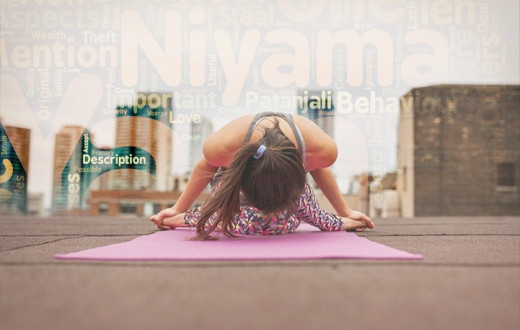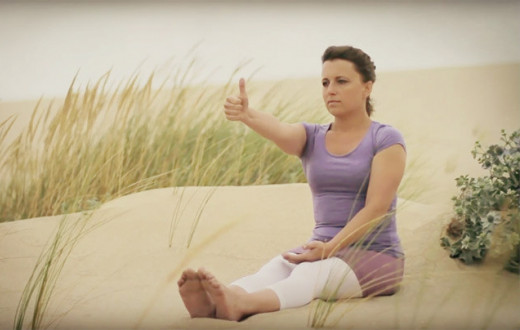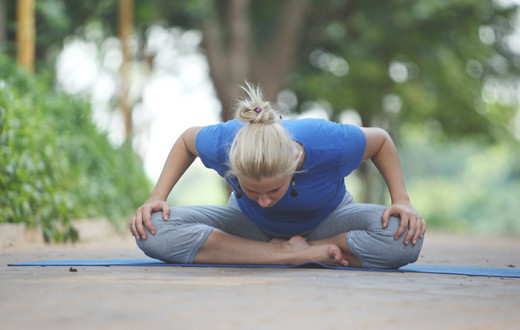“If you want to stand on one leg and meditate, that is also fine," smiled Dinesh Ghodke, senior Art of Living teacher, when replying to this question. "You can meditate in any posture in which you feel comfortable and can hold steadily.”
Surprised? Patanjali Yoga Sutras, an ancient treatise on yoga describes asana (yoga postures) as "Sthiram Sukham Asanam" which means an asana is that which is steady and comfortable.
Are you feeling too restless to sit at one place?
Try any one of the following or a combination:
- Invest 7 minutes to do sukshma yoga.
You can do this even on a chair. - If you have time and space to stretch
out a yoga mat, you can do Padma-Sadhana
stretches. - Follow it up with Naadi Shodhan pranayam
(alternate nostril breathing technique).
Here are some important insights about how to sit for a refreshing meditation experience.
Sit easy but not lazy
A cheeky student once said that the most stable and comfortable posture for him was the posture he took while lying on the couch in front of the television with a bag of potato chips. Meditation will not happen in this pose. Nor in Shavasan (Corpse Pose) in which you can do Yoga Nidra.
Most people sit for meditation in yoga poses, such as: Padmasana (Lotus pose), Vajrasana (Thunderbolt pose) and Sukhasana (Cross legged pose). These yoga poses minimize the pressure on the abdomen and help to keep the back straight. These postures are described below. Remember to relax your body, shoulders and neck. Keep your head and back straight.
Choose a yoga posture for meditation

- Sit with your legs crossed.
- Bring your elbows slightly closer to your body.
- Rest your palms on the knees, facing the sky.
- Keep the spine erect and head straight.
"Sukha" literally means happiness. Don’t forget to smile. If you cannot cross your legs, you can sit in a chair and meditate. You can always rest your back against a wall if you prefer.

It is the most popular and well-known pose. This could become your
favorite yoga pose for meditation as it keeps your spine erect.
- Sit and stretch out your legs completely.
- Bend the right leg at the knee and put the right foot on the base of left thigh. Now bend the left leg at the knee and place the left foot on the right thigh.
- Let the heels face the sky. Let the hands gracefully rest on knees and palms facing the sky. Keep the spine erect and head straight.

- Kneel down with your knees touching each other.
- Sit in the cavity formed by your feet. Do not sit on the heels.
- Place your hands on your thighs with palms facing upwards. Keep your spine erect and head straight.
Tip: Roll up a towel or place a thin pillow under your ankles to support it.
Vajrasana strengthens the thighs and calf muscles. It helps in improving digestion also.
Come now, let's settle into a yoga pose and play a guided online meditation and follow the instructions.
(Based on inputs from Gurudev's talk on Secrets of Meditation.)





























